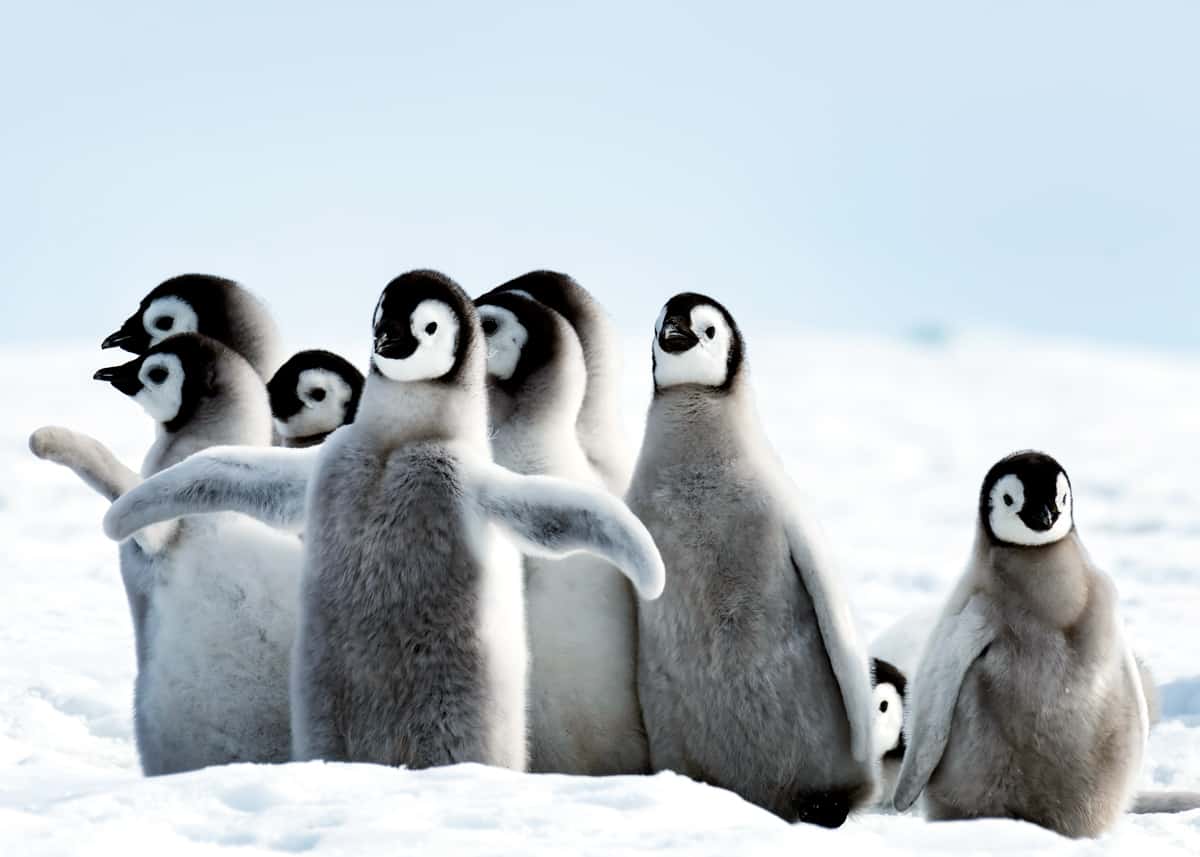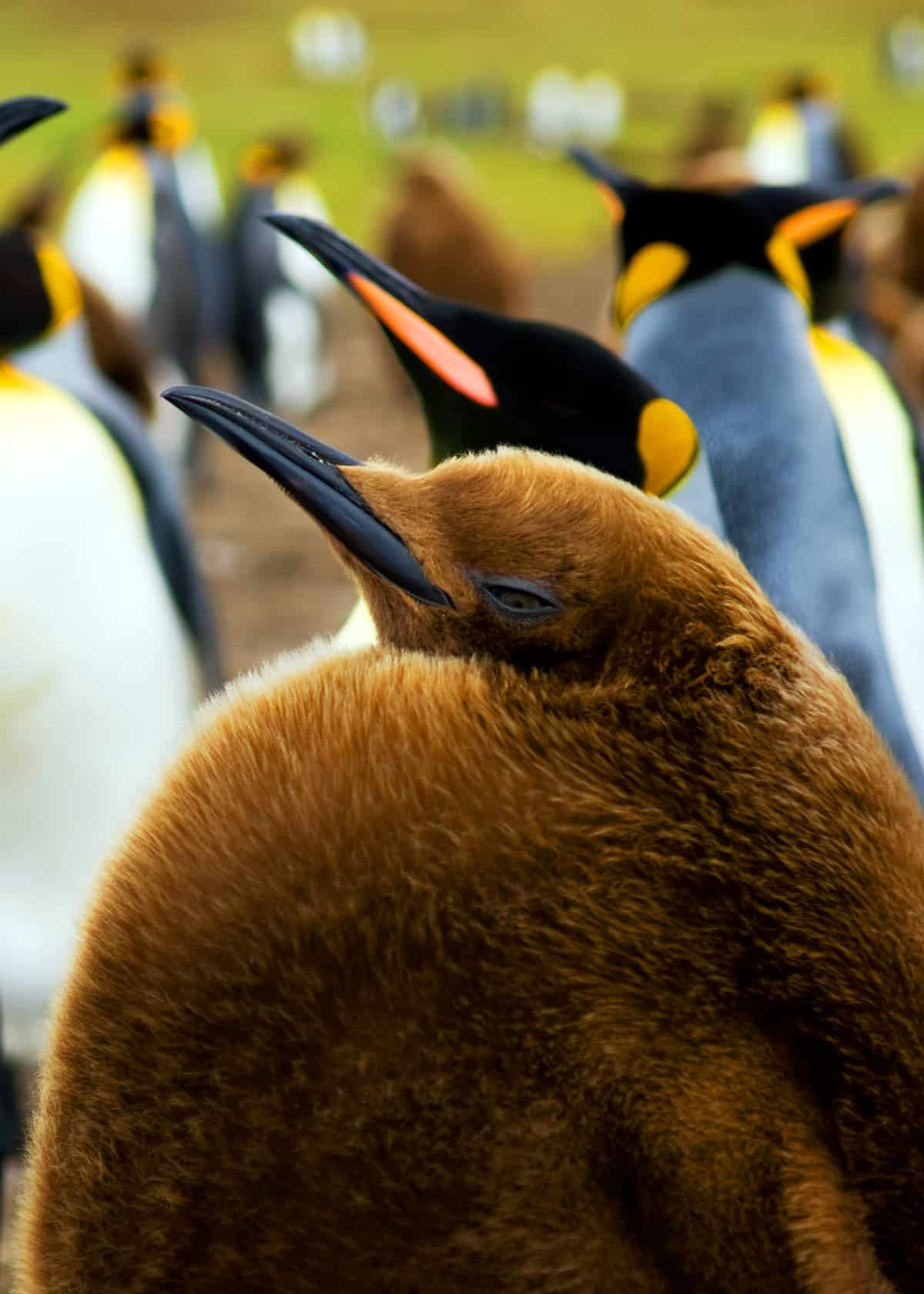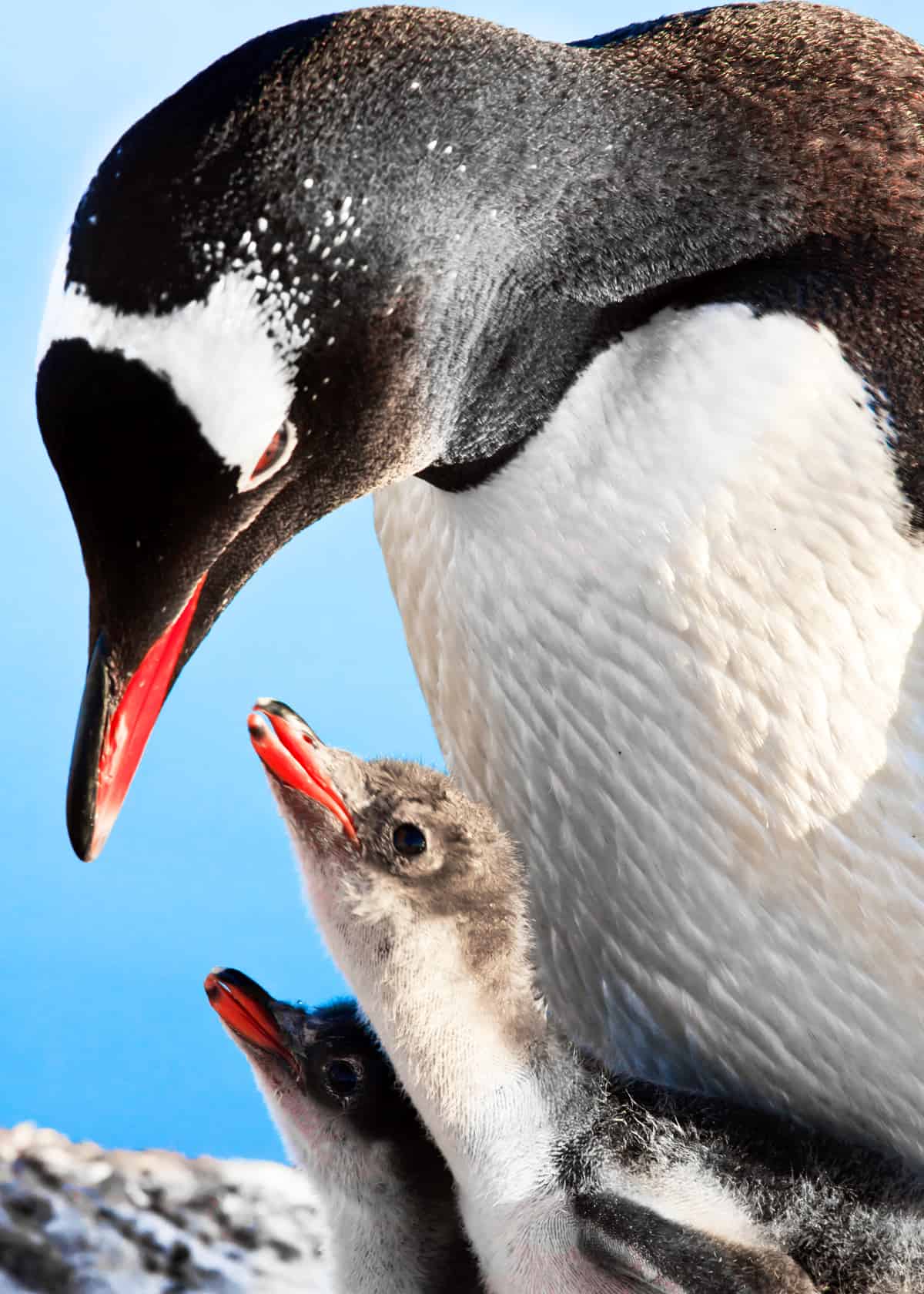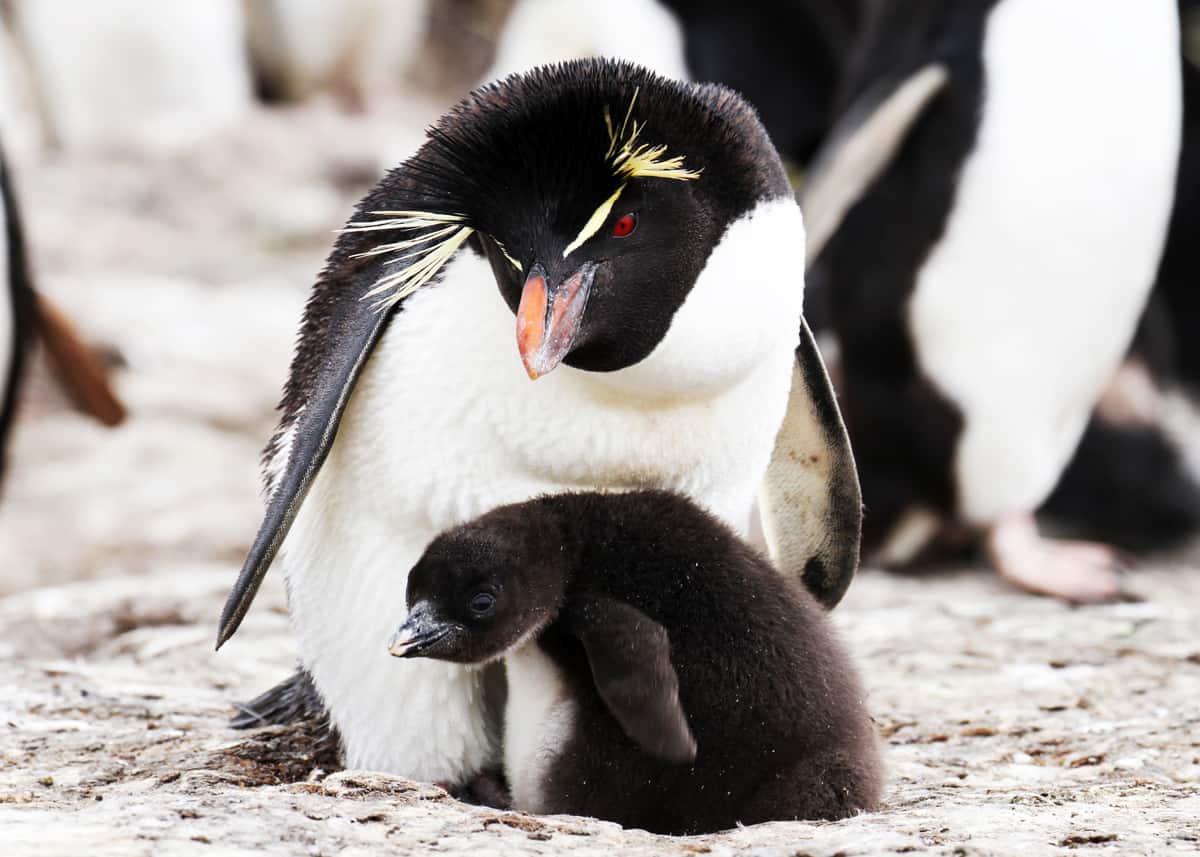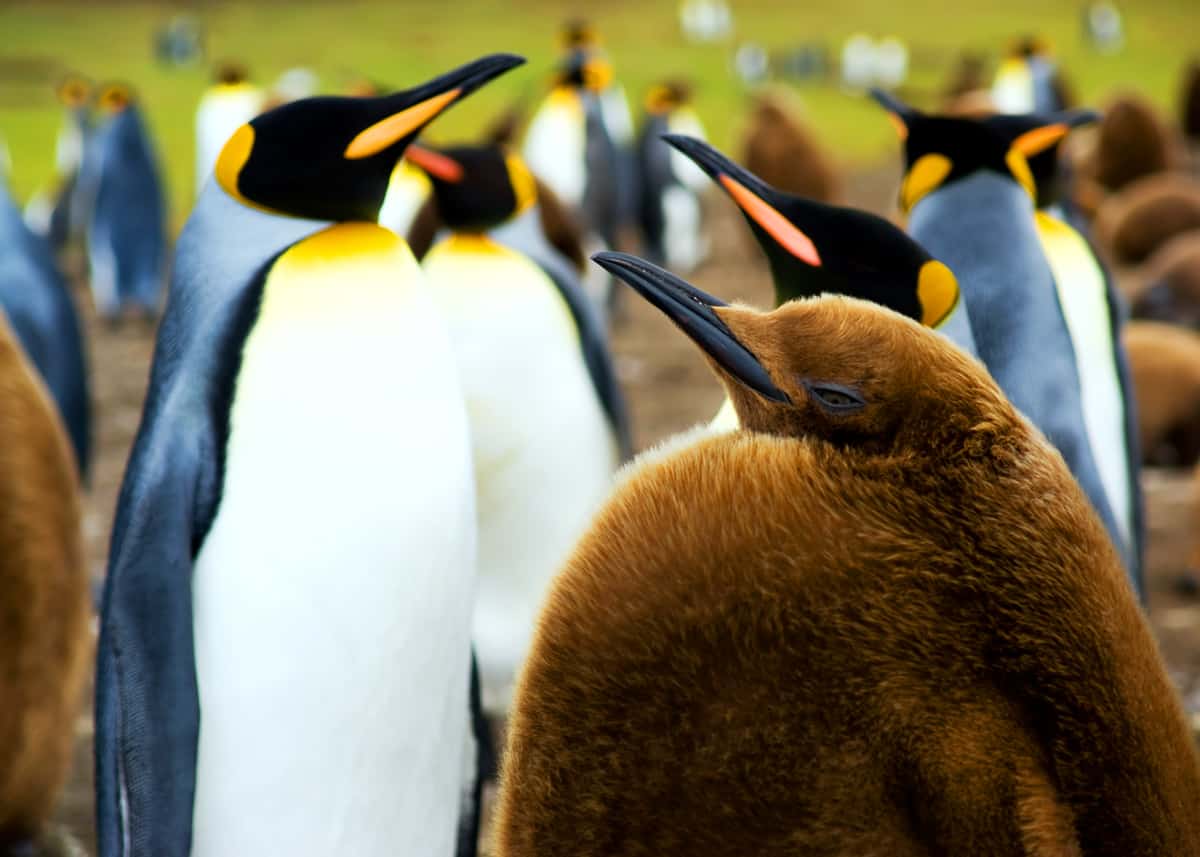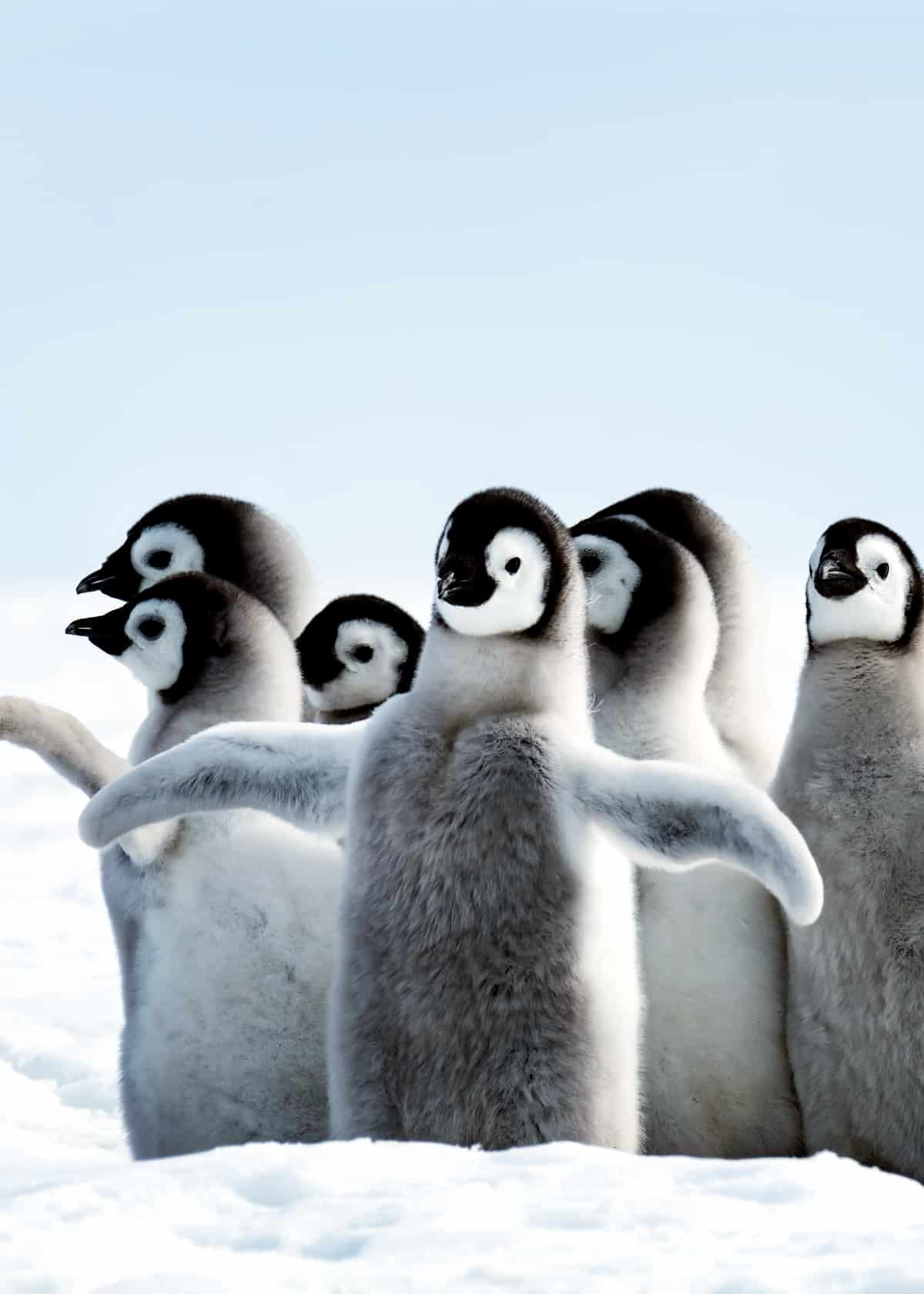Looking for some adorable baby penguins? You’ve come to the right place! We’ve got tons of lovable photos and videos to show you. Plus, we’ll answer all your questions about baby penguins.
They’re fluffy, they’re clumsy, they’ll melt your heart, put your hands together for baby penguins! These guys are so cute and a little tipsy, you can’t help but fall in love.
Get ready to dive into all the sweetness with these videos and photos!
Jump to baby penguin facts
19 Baby Penguin Videos to Make You Say “Awww!”
Baby penguin is too big for pouch
Baby penguin hatching
Baby Penguins Marching
Grumpy baby penguin doesn’t like to get told off
Baby penguin takes first steps
Baby penguins meeting kids
Adorable close encounter with baby penguin
Hand-feeding a 1-month-old emperor penguin
Baby penguin hatching
Baby penguin meets his first human
Baby African penguins
Tons of cute baby emperor penguins
Baby penguins aren’t afraid
Adorable penguin chick
Baby penguin getting tickled
Cute and bitey baby penguin
Mealtime for baby penguins
Baby emperor penguin gets chased by feisty little Adelie
Fluffy baby penguin
21 Baby Penguin Facts
1. What do you call a baby penguin?
Baby penguins are called “chicks” or “nestlings.” Chick is the most common term.
2. How much does a baby penguin weigh?
The weight of a baby penguin will depend on its species:
The smallest penguin species in the world, the fairy penguin, has babies that are just 35 – 45 grams at birth.
Mid-sized penguins such as the Magellanic penguin have babies that are around 50 – 55 grams.
Emperor penguins, the largest species of penguin, have babies that are a whopping 300 – 315 grams.
3. Are baby penguins hatched from eggs?
Yes. Penguins are birds, not mammals, so they lay eggs instead of giving birth to live young.
Fun Fact: Unlike other species where caring for the eggs is the female’s responsibility, male penguins can be considered the primary caretaker of the nest. They build it, defend it and stand over it while the female is hunting. Their body heat keeps the eggs warm.
Something else to note is that male penguins never eat while they’re incubating. They fast until the female comes back and relieves them.
In some penguin species, males and females will trade-off incubating duties so that each of them can go and hunt, but other species will have the male sitting on the nest for months at a time.
He survives on his body’s fat reserves while he fasts and incubates.
4. How do penguins protect their babies?
One of the cutest baby penguin facts is that they tend to stick together when they’re young. They share body heat by huddling in tiny, fuzzy groups, and they have a better chance of surviving predation with strength in numbers.
A few adults usually watch over them as a sort of penguin daycare while the rest of the parents go hunting.
These supervised groups of baby penguins are called creches. It comes from a French word meaning “cradle” or “manger.”
5. Do penguins ever have twins?
Penguins can have twins, but it’s extremely rare. In fact, it’s so rare that only a few cases have been documented in zoos around the world.
When it happens, zookeepers provide round-the-clock care to make sure that the little ones survive.
6. How many eggs do penguins lay?
Penguins usually lay two eggs at a time. The exception is king and emperor penguins that only lay one egg at a time.
7. How often do penguins have babies?
While the exact frequency will depend on the species, penguins usually breed once per year.
8. Why don’t penguins lay more eggs?
You’ve probably heard that several penguin species are endangered. Why aren’t they laying tons of eggs to keep their numbers up?
The answer is that it requires an enormous amount of energy to care for eggs and chicks.
Incubating males can lose as much as 45% of their body weight while perched on their nests, and the new hatchlings will need to be fed through regurgitation.
The babies will be entirely dependent on mom and dad for weeks or even months.
Despite all of the trouble, many baby penguins die before reaching adulthood. They starve, freeze, drown or are snatched by predators.
While some species compensate for high mortality rates by having tons of babies to make up for the ones that they know they’re going to lose, penguins go the other route: they invest all of their energy into caring for one or two babies at a time to increase their odds of survival.
9. Do penguins ever abandon their babies?
Yes. During the long incubation process for certain penguin species, there are times when the female will be gone too long and the male will abandon the eggs rather than starve to death.
This isn’t deliberate on either of their parts; it’s just an example of a badly timed schedule.
There are also penguin parents that will let one of their chicks die if it’s weaker than its sibling. The stronger, pushier chick will demand all of the food, and the parents will comply.
They want the best chance of survival for the next generation, and that might mean prioritizing the growth of one chick over another.
10. Do penguins build nests for their babies?
It depends on the species. Chinstrap penguins build nests for their young; they’ll gather stones, pebbles, twigs and other debris to create a stable space where the eggs won’t roll away while they’re incubated.
Emperor penguins, on the other hand, don’t build nests. They balance their eggs on the tops of their feet and incubate them with the help of a loose, featherless fold of skin called a brood patch.
The brood patch contains a number of blood vessels that will engorge and warm the eggs with shared body heat.
11. What do penguin eggs look like?
Most penguin eggs are white or gray. They might have a blueish or greenish tint.
In small penguin breeds such as the Adelie penguin, the eggs measure around 2 – 3 inches long and weigh 2 – 6 ounces.
In large penguin breeds such as the emperor penguin, the eggs can range from 4 – 5 inches long and weigh 12 – 18 ounces.
If the parents come from a nest-building species, their eggs are usually round. If they balance their eggs on their feet, the eggs tend to be pear-shaped. This prevents the eggs from rolling away if they fall off their parents’ feet.
12. How long do penguin babies stay with their parents?
This is another question that depends on the species. Adelie penguin chicks are independent at 7 – 9 weeks; emperor penguin chicks take a good 12 – 13 months to strike out on their own.
13. How does a penguin know its parents?
In a huddled mass, it can be difficult for penguins to tell each other apart. They distinguish themselves with unique and complex vocal calls.
The calls of a penguin are so individually distinctive that they’re sometimes referred to as “voices” rather than just vocalizations.
Emperor penguins are particularly known for this: they have two branches in their trachea that allow them to emit multiple frequencies at once.
When penguins form a breeding pair, part of their mating ritual is vocalizing to one another so that they can learn to recognize the other’s voice.
Parents will also vocalize to their children and the other members of a creche before taking off on a hunt.
Reminds me of the movie Happy Feet. Of course, the vocalizations are exaggerated in the movie, but the point is still valid.
14. Do baby penguins have fur or feathers?
It’s hard not to smile at a picture of a fuzzy little penguin baby. But why do they look like that? Their parents aren’t fuzzy. Where does the fuzziness go?
The short answer is that it doesn’t go anywhere. The “fur” of a baby penguin is actually a soft, downy layer of feathers that are closely packed together.
As the penguin gets older, the downy layer will get covered by a sleeker, more waterproof one, and the adult will stop looking fuzzy.
The two layers of feathers will work together to prevent the penguin from freezing in its natural habitat.
The soft layer will act as insulation against the cold; the tough layer will serve as a protective barrier against wind, snow, water, and frost.
15. Why are baby penguins fluffy?
Baby penguins look fluffy because they haven’t grown their second, sleeker layer of feathers.
All penguins have downy fluff to protect them against the cold; it’s just not visible in adults.
16. Do baby penguins swim?
No. Since baby penguins are only covered in a soft, downy layer of feathers, they don’t like to get wet.
They stay away from the ocean until their thicker coat comes in and makes them more waterproof.
Mom and dad do all of their hunting until then.
17. What are the biggest threats faced by baby penguins?
The biggest threat to baby penguins is predation. Since they stay out of the water, they aren’t vulnerable to the usual sharks and seals, but they can be killed by a variety of land and air animals.
Predators of baby penguins included petrels, lizards, and seagulls. There’s also a bird species called the skua that likes to steal penguin eggs.
Another problem faced by penguins is habitat loss. This isn’t exclusive to chicks, but it can prevent them from reaching adulthood and repopulating the species.
With every melted glacier, their environment changes a little more. They lose their nesting sites; their food sources migrate to different places.
Bad weather can also impact baby penguins in surprising ways. For example, a colony of emperor penguins in Antarctica lost their chicks three years in a row when storms kept breaking up the ice and plunging them into the water.
Since the babies couldn’t swim, they drowned. Only a small number survived these unusually tragic circumstances.
18. Do baby penguins drink milk?
No, not true milk. Penguins aren’t mammals, so they don’t produce milk or nurse their young.
However, male emperor penguins do have a unique ability to create something called “crop milk.”
It isn’t true milk, but it’s a kind of nutrient-rich fluid that they produce in their digestive tract and feed to their young. The crop milk is pale yellow with the consistency of cottage cheese. Yum…
19. What do baby penguins eat?
Here’s one of the grossest baby penguin facts for you: chicks are usually fed through regurgitation… that’s barf.
Their parents will hunt down some tasty fish or krill, and after consuming it themselves, they’ll come back and throw it up for their babies.
20. Do baby penguins go to school?
No. They might be smart, but penguins aren’t quite at the level of teaching their chicks the ABCs. School jokes usually come from the same place as daycare jokes about baby penguin creches.
It’s easy to humanize penguins since their society has so many similarities to our own.
21. Can baby penguins fly?
Penguins are flightless birds, so baby penguins can’t fly. Their wings are for swimming in the water rather than taking off into the air.
Pretty Penguins
We hope you had fun learning about baby penguins and watching them be adorable! What did you learn today? Still have questions? Is there a video we should include? Let us know in the comments!
Drew Haines is an animal enthusiast and travel writer. She loves to share her passion through her writing.
She graduated high school at sixteen and started her own business, Everywhere Wild Media. And she runs Everywhere Wild and JustBirding. She also guest blogs on Storyteller.Travel
She lived in Ecuador for 6 years and explored the Galapagos Islands. Currently based in N.S., Canada.

